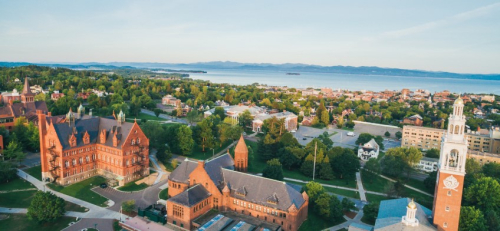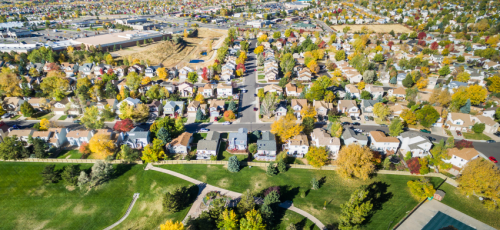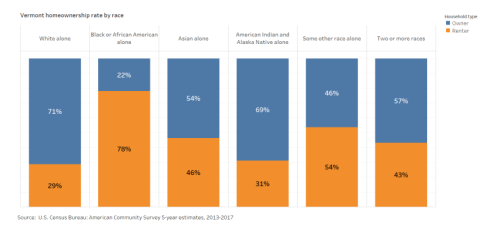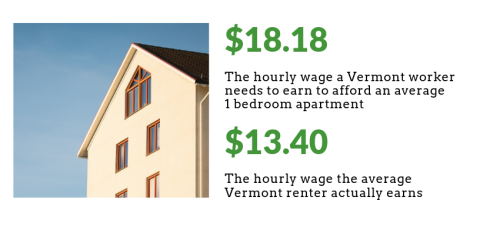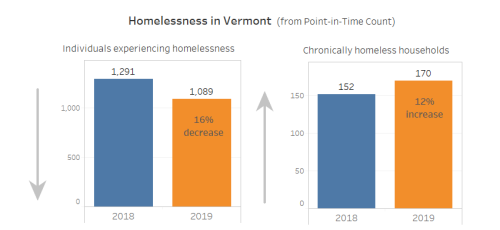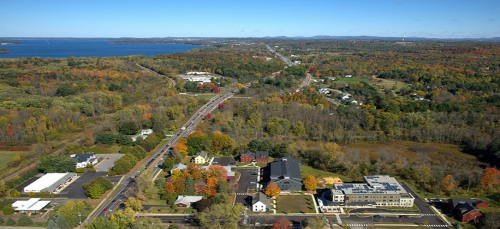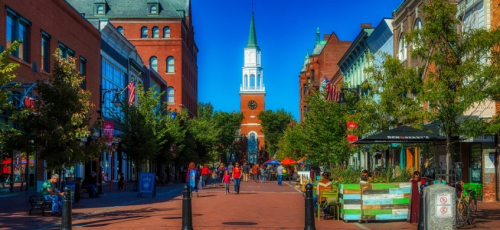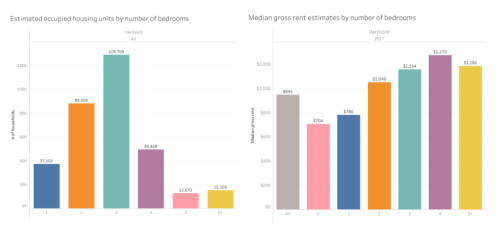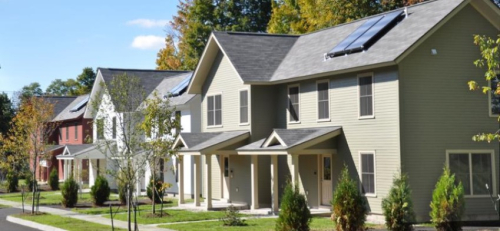Fall has started to arrive in Vermont, and with it is the return of many college students to the state. The impact of college students on local housing markets has long been a source of tension, particularly among long-term Burlington residents, who worry they may be priced out of housing by the large number of area students. By sharing an apartment and its rent bill, some students are able to pay higher rents than many other households. However, quantifying the impact of colleges on housing remains difficult for researchers.
Data and Statistics
Vermont home prices continue to increase in 2019
Vermont home prices continued to climb in the first six months of 2019, based on the latest data from Vermont Property Transfer tax records. The median home sold for $219,500, a roughly 2% increase from 2018.
Sale prices increased for every home type in Vermont during the last six months. The median single family home sold for $226,500, the median condominium sold for $209,950, and the median mobile home with land sold for $80,000.
Housing recovery leaves black households behind
The economic recovery is being felt among many households, with home equity wealth rising and more Millennials becoming homeowners. However, gains in homeownership have not been equally distributed among all Americans. Homeownership among black households has risen at a slower pace any other group, and the rate is currently the lowest it has been since 1970.
New reports show housing unaffordable for many Vermont workers
Two new reports show that rental housing in Vermont is unaffordable for many workers, not only for those earning minimum wage, but also for skilled middle-income workers.
Homelessness rate falls, but number of chronically homeless increases
Newly released data from the 2019 Point-in-Time Count showed 1,089 people experiencing homelessness in Vermont on a single evening this winter, which represents a 16 percent decrease from last year. However, the number of chronically homeless Vermonters increased substantially from 2018 to 2019, prompting concerns that existing services may be inadequate to support homeless households.
Vermont ranked 48th in nation for population growth
Vermont’s population has grown by just 0.1 percent since 2010, with a net increase of 555 people, according to the latest Census Bureau estimates. Vermont had the 48th smallest population increase among states in the nation, both in absolute numbers and percent increase.
Survey highlights concerns over housing affordability among young professionals
The annual Burlington Young Professionals (BYP) survey conducted by the Lake Champlain Regional Chamber of Commerce reveals that 33 percent of young adults surveyed plan to move out of the area within the next four years. Among the most common challenges cited were the high cost of living, lack of job growth opportunities, and a lack of affordable housing.
New data available on HousingData.org
Vermont Housing Finance Agency (VHFA)’s HousingData.org website has recently been updated to display the latest housing data available. The data updates include the newly released 2017 American Community Survey (ACS) 5-year estimates from the U.S. Census Bureau, as well as 2018 home sales data from the Vermont Department of Taxes.
What would it take to solve the affordable housing crisis?
More than one in three Vermont households live in homes that consume unsustainably high portions of their income, according to estimates from the U.S. Census Bureau.
Nation’s housing stock inadequate for changing demographics
America’s housing stock was primarily built for nuclear families, yet fewer and fewer households fit into that category, according to Making Room: Housing for a Changing America, a new report from AARP. The report argues that communities need to create housing that is more affordable and accessible for single-person, senior, and multi-generational households.

